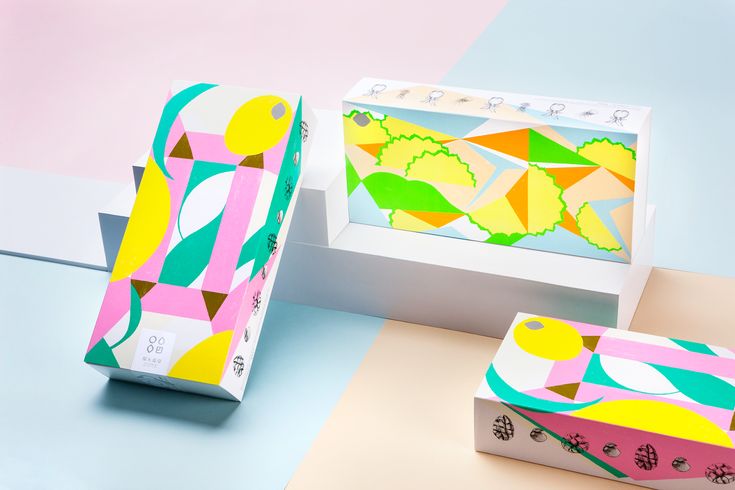Packaging Design Trends: Standing Out on the Shelf
Packaging design is a crucial element in product marketing, influencing consumer perceptions, purchase decisions, and brand loyalty. As consumer preferences and industry landscapes evolve, staying abreast of current packaging design trends is essential for brands aiming to differentiate themselves and capture market attention effectively. This comprehensive article explores emerging trends, innovative strategies, and timeless principles in packaging design that help products stand out on the shelf and resonate with modern consumers.
Importance of Packaging Design
Packaging design serves multiple functions beyond protecting and containing products:
- Brand Identity: Packaging communicates brand values, personality, and positioning through visual elements, colors, and typography.
- Consumer Engagement: Well-designed packaging captures attention, communicates product benefits, and influences purchasing decisions.
- Differentiation: Unique and innovative packaging helps products stand out in competitive retail environments, attracting consumer interest.
Emerging Trends in Packaging Design
Explore the latest trends shaping packaging design in various industries:
1. Sustainability and Eco-Friendliness:
- Minimalist Designs: Emphasize simplicity and sustainability, using recyclable materials and reducing excess packaging.
- Biodegradable Packaging: Utilize eco-friendly materials that minimize environmental impact and appeal to environmentally conscious consumers.
2. Personalization and Customization:
- Unique Shapes and Structures: Design packaging with distinctive shapes and innovative structures that reflect brand identity and enhance shelf visibility.
- Customizable Packaging: Offer personalized packaging options that allow consumers to tailor products to their preferences or needs.
3. Digital Integration:
- Augmented Reality (AR) and QR Codes: Incorporate interactive elements such as AR experiences or QR codes on packaging to provide additional product information or engage consumers digitally.
- Smart Packaging: Utilize technology to track product freshness, offer reordering options, or provide personalized content through connected devices.
4. Bold Colors and Typography:
- Color Psychology: Use vibrant and bold colors to evoke emotions and create memorable visual impressions on consumers.
- Typography Trends: Experiment with custom fonts, playful typography, or minimalist lettering to convey brand personality and enhance readability.
5. Storytelling and Authenticity:
- Brand Narrative: Use packaging as a storytelling medium to communicate brand origins, values, and product journey, fostering emotional connections with consumers.
- Authenticity: Transparent packaging that showcases product ingredients, sourcing information, or ethical practices builds trust and credibility.
Design Principles for Effective Packaging
Implementing effective design principles ensures packaging not only catches the eye but also communicates effectively:
1. Functionality:
- Ensure packaging is functional and practical, protecting the product while facilitating easy storage and transportation.
2. Visual Hierarchy:
- Establish clear visual hierarchy with prominent branding elements, product information, and key selling points to guide consumer attention.
3. Sustainability:
- Opt for sustainable materials and eco-friendly packaging solutions that align with consumer preferences for environmentally responsible products.
4. Usability:
- Design packaging that is easy to open, use, and dispose of, enhancing convenience and consumer satisfaction.
Case Studies and Examples
Explore successful packaging design examples and case studies across different industries, highlighting effective implementation of trends and strategies to achieve business objectives.
Future Directions and Innovations
Anticipate future trends in packaging design, including advancements in materials, technology integration, and consumer-centric innovations.
Effective packaging design is a powerful tool for brands to differentiate themselves, communicate brand values, and influence consumer perceptions and purchasing decisions. By embracing current trends such as sustainability, personalization, digital integration, and storytelling, brands can create compelling packaging that captivates consumers and enhances brand visibility on retail shelves. Continual innovation, consumer-centric design strategies, and a commitment to quality and sustainability are essential for brands looking to thrive in competitive markets and resonate with modern, conscientious consumers.






































